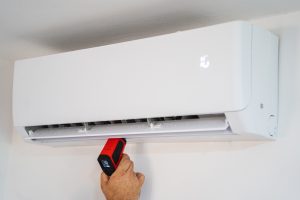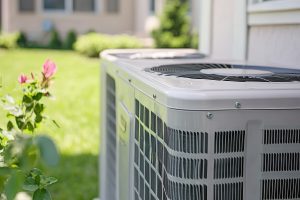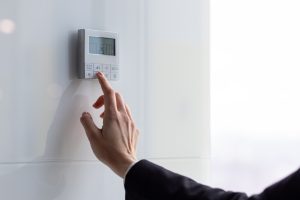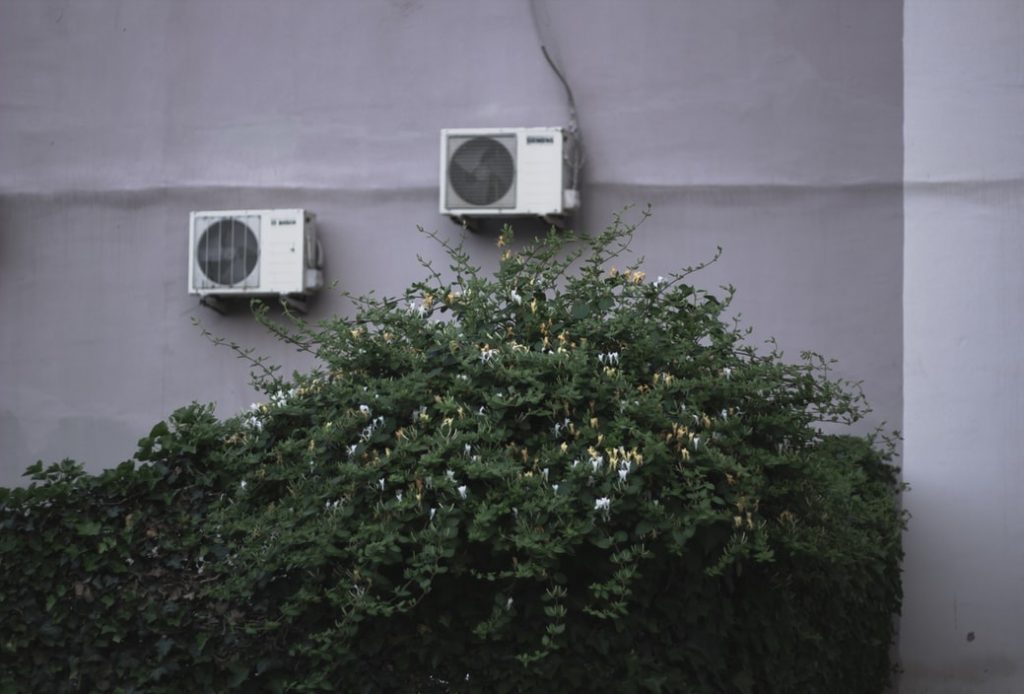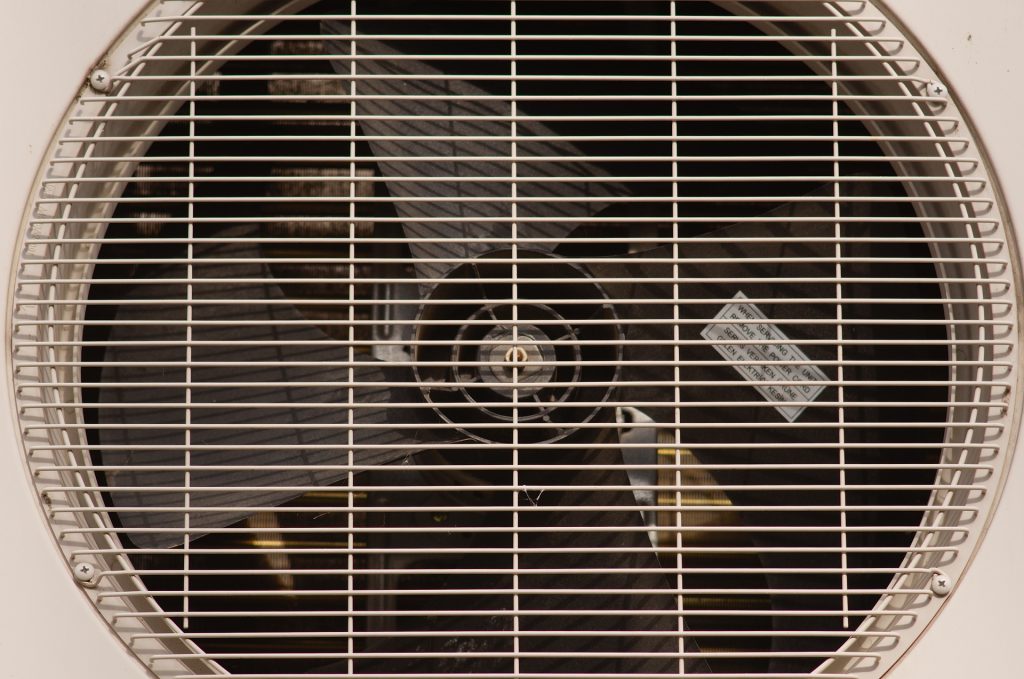You probably have come across manifold gauges if you have worked with heating, ventilation, and air conditioning (HVAC) systems. They can be small handheld devices or bigger machine-like devices like those in professional HVAC shops.
Manifold gauges differ based on the number of ports or manifolds used when attaching the accessories. They are also designed to withstand different levels of pressure.
HVAC manifold gauges are some of the most crucial tools for troubleshooting and fixing HVAC systems. So if you work or have an interest in handling heating and cooling systems, you need to learn how to use HVAC manifold gauges.
Below is an overview of manifold gauges and how you can use them effectively to maintain your HVAC systems.
What is a Manifold Gauge Set Used For?
HVAC Manifold gauges can play both diagnostic and service functions. For diagnostics, they are used to establish whether an HVAC system is working well or not. They also help to identify problems like leaks or pressure issues.
As a service gadget, the manifold gauge is used to release moisture and sludge. It also helps remove any contaminated or unknown refrigerants that may cross-contaminate the system. You can also use it to add refrigerant to HVAC systems.
Please note that although you can use most gauges to measure any refrigerant pressure, there are variations in function and specifics. So ensure the manifold gauge you are using matches the refrigerant used in the HVAC system.
The refrigerant used is always indicated on the system. However, it is good to note that there are gauge sets that can measure multiple refrigerants.
Below is an overview of manifold gauges and how you can use them effectively.
Basic Components of HVAC Gauges
An HVAC manifold gauge has the following essential components that you need to know before you start using it:
● Chamber Devices
A manifold gauge set has both high-pressure and low-pressure chambers. It also has valves that are turned on and off to control the flow of gases and pressure in these chambers. There is also a utility chamber that can be used for external connections.
● Readout Gauges
An HVAC manifold gauge set usually has two read-out gauges; one is for low-pressure readings, while the other is for high-pressure measurements. Although rare, there are a few brands that incorporate a third that is used to measure compressor output.
The blue manifold gauge is used to measure low-pressures, while the red one is used for high-pressures. There are red and blue valves on the side that you can turn on and off to regulate the gas going to the low and high-pressure valves.
There are two main types of readout gauges available; analog and digital.
1. Analog Readout Gauge
Analog readout gauges have an indicator needle that shows the level of vacuum/pressure in an HVAC system.
They are more common and are also easier to use when compared to digital ones. However, they are prone to errors.
2. Digital Gauges
Digital gauges are the newer versions that allow for numeric readings for both vacuum and pressure. They provide more accurate measurements compared to analog readout gauges.
They also have more features that make work easier. For example, digital gauges usually convert the readings for you, minimizing the chances of error. However, not many people are conversant with this new technology.
● Hoses
Each manifold gauge set usually has three hoses, colored red, blue, or yellow. They are color-coded to distinguish them.
The blue hose is for the low-pressure gauge, while the red one is for the system’s high-pressure valve. The yellow hose can be used for both low and high-pressure valves. It goes to whichever valve is open.
● Manifold Centerpiece
The centerpiece that holds everything together is what is called the manifold. It has many connections at the top, bottom, and even on the side.
The hoses are usually attached to the bottom of the manifold. On the other hand, the top connections are meant to keep the hoses clean. The other extra connections help prevent the hoses from tangling and can be used for other purposes.
How to Connect HVAC Gauges
If you want to understand how to use manifold gauges in HVAC, it is important to know how the different components are connected.
The high-pressure side is always connected to the red port of the gauge. Therefore, you need a red hose that can withstand high pressure. The hose is attached using the flare fittings it comes with from the manufacturer.
After that, fix the low-pressure side to the gauge’s blue port. Remember to use a blue hose (low-pressure) for that purpose. This facilitates the desired vacuum pressure flow for evaluation to occur.
The high-pressure and low-pressure ports are of different sizes and thread pitches to minimize the chances of incorrect hookups.
Do not forget to attach a waste hose. This should be done at the manifold’s central part. But if you are discharging the system, it is the larger, low-pressure hosepipe (black) that you should connect to the manifold’s center port.
This allows you to attach the refrigerant recovery bottle and prevent the release of the refrigerant into the environment.
The additional ports on your manifold centerpiece can be used to connect to other gauges, micron meters, or vacuum pumps.
Once the connection is made, you can note the measurements shown on the refrigeration gauges. This indicates the pressure in the air conditioning and freezing units, as well as refrigeration, cold rooms, and cold filling devices.
How HVAC Gauges Work
Although they are simple gadgets, they require special knowledge of using them. Therefore, understanding how they work is crucial for a technician to know.
Before you start using a manifold gauge, you need to understand how gas flows through the gauge. To review, the gas moves through the hoses that are attached to the manifold. The red hose goes to the red gauge, while the blue gauge goes to the blue because of the different pressure levels. The yellow hose in the center is separate and can go to any external source.
The following are some of the basic tasks that can be performed following the simple overview above.
1. Pressure Readings
If you want to perform pressure readings of an HVAC system, connect the manifold gauge to the unit and use the appropriate hose. To get the readings, just look at the gauges and note the reading
2. Vacuuming
If you want to vacuum down an HVAC system, the blue hose will go to the system, while the yellow one will go straight to the vacuum pump. As you continue vacuuming, you should switch on the blue valve to let the pump work.
3. Adding Refrigerant
When adding refrigerant to an HVAC system, the red hose goes to the system, while the yellow hose goes to the refrigerant bottle. You will use the red valve to control how much refrigerant goes into the unit. Once the correct amount has been reached, switch it off.
Additional Tips
One HVAC gauge set, although sufficient, is not ideal. A good technician needs at least two sets. This allows you to work on different refrigerants in HVAC systems to avoid mixing different oils used in refrigeration.
A second set also comes in handy when handling an old unit that you would not want to put new gauges on.
It is crucial to regularly service your HVAC manifold gauges to keep them in tip-top condition.



